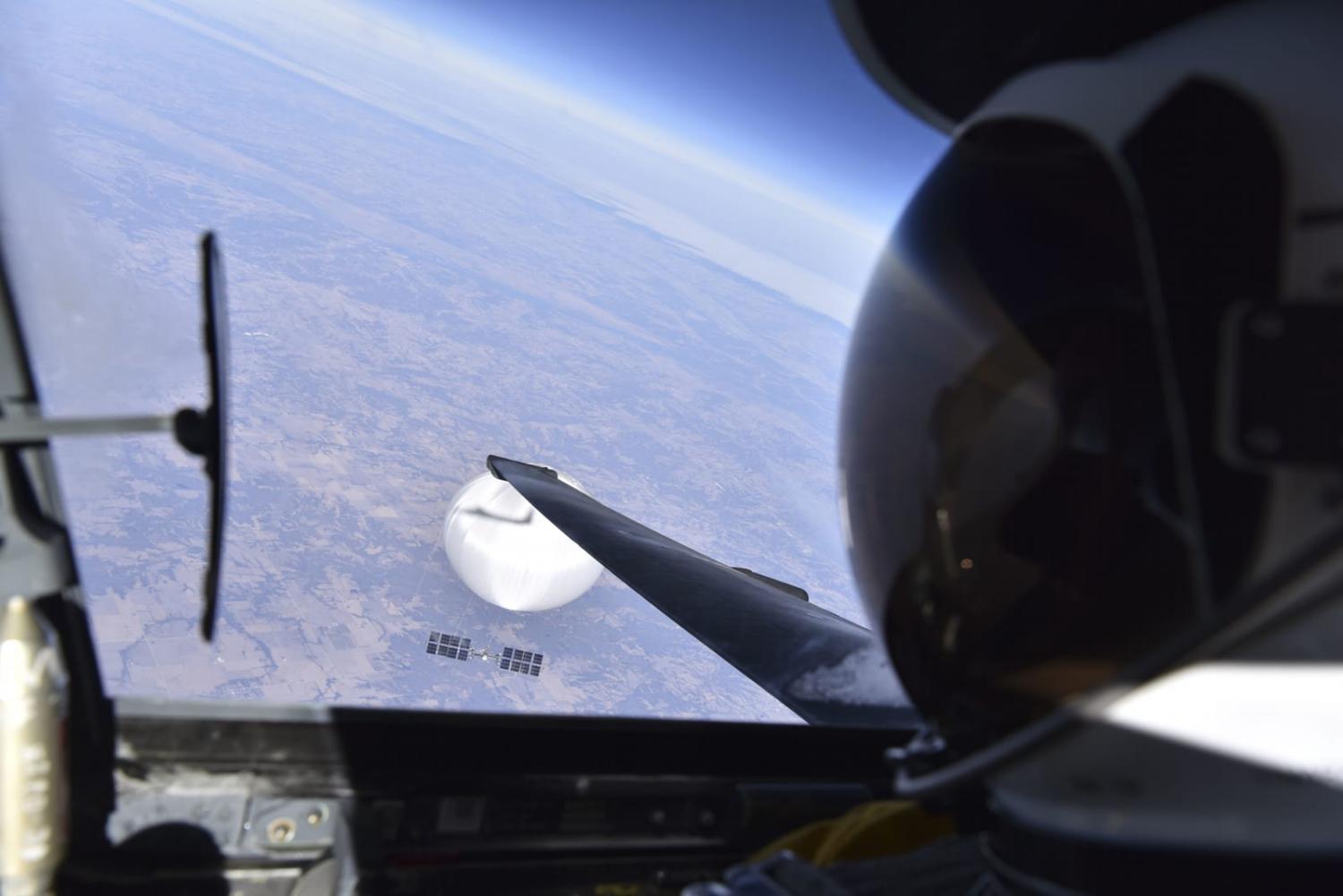The recent take down by the US military of a Chinese weather “spy” balloon over its national airspace has cast a spotlight on the need for regulation of the “Near Space” zone. This zone refers to the region between 20–100 kilometres above Earth’s surface, sitting above the altitude flown by most aircraft, but below the orbit of satellites. This transitional expanse between airspace and outer space has been relatively unutilised – until now.
With technological advancements, the Near Space zone has significant civilian and military potential for communications, navigation, sensing, meteorological monitoring, intelligence collection and surveillance initiatives. The official newspaper of the People's Liberation Army described Near Space as “a new battlefield in modern warfare and an important part of the national security system”.
Recent Near Space research programs in China and the United States have concentrated on both high-dynamic craft (hypersonic and sub-orbital vehicles) and low-dynamic craft (stratospheric aircraft, high-altitude balloons and unmanned aerial vehicles). Recent events indicate that China has rapidly pulled ahead, having set up a research centre under the Chinese Academy of Sciences to develop tech capabilities in high-altitude balloons and stratospheric airspace vehicles. Reports of progress on Chinese airspace vehicle prototypes have been published in the Chinese media, including details of a blimp-like craft (with a flying altitude of 20–24 kilometres, a six-month flight duration and a capacity to carry 100–300 kilograms) and two small stratospheric vehicles. In 2017, the Beijing “Lighter Than Air Vehicle Center” launched two drones from a high-altitude balloon. In 2018, China again launched a high-altitude “airship” balloon named “Cloud Chaser” under the research led by a prominent Chinese scientist Wu Zhe. Then in 2020, a Chinese high-altitude balloon reportedly circumnavigated the globe.
While stratospheric balloons appear at first glance to be outdated technology, they have significant military potential in the Near Space zone. These high-altitude balloons have a large height range (in 2002, a weather balloon reached a staggering altitude of 52 kilometres above sea level), are cost-effective to launch and run, can carry payloads and are difficult to track. Being unmanned, there are fewer drawbacks in a hostile take-down of a high-altitude balloon compared to other military crafts.
In this regard, it is necessary and appropriate for there to be a regulatory framework governing the use of, and activities conducted within, the Near Space zone. However, the application of appropriate law in the Near Space zone is a grey area.
The international law governing “air law” and “space law” falls under separate international legal regimes with notably different legal principles. In air law, the Convention on International Civil Aviation 1944 (“Chicago Convention”) recognises that “every State has complete and exclusive sovereignty over the air space above its territory”. By contrast, the Treaty on Principles Governing the Activities of States in the Exploration and Use of Outer Space, including the Moon and Other Celestial Bodies of 1967 (“Outer Space Treaty”) provides that outer space is to be used peacefully and freely for the benefit of all countries and is not to be subjected to national appropriation by claim of sovereignty. Both air law and space law have different legal requirements in relation to the liability, registration, safety and security of flying craft and space objects.

Peculiarly, the international space agreements do not define “outer space” for the purpose of space activities. The Kármán line, which sits at an altitude of 100 kilometres above sea level, is often referred to as the unofficial boundary marking the beginning of outer space. The Kármán line has been adopted by Australia, Kazakhstan and Denmark in their national legislation, and is also utilised by the Fédération Aéronautique Internationale (the leading international body for aeronautical and astronautical activities). However, other international bodies and state national laws utilise different definitions. For example, the US military and NASA define “outer space” as commencing from 50 miles above the surface of Earth (being 12 miles below the Kármán line). Accordingly, the question of the legal boundary between where sovereign national air space ends and outer space begins is an unresolved issue in international law.
To avoid the difficulty in articulating a firm demarcation line, some scholars have advocated for the adoption of a functionalist approach. Namely, the intended function (objective, purpose or design) of the object should determine the appropriate law. This approach has been advanced in relation to suborbital flights involving space tourism. However, vehicles in the Near Space zone are, arguably, neither intended to fly into outer space nor to fly or operate in national air space (as understood to be up to the altitude limits flown by aircraft). Further, the classification of the vehicle based on its design becomes troublesome if the vehicle has a “hybrid” aerospace design – capable of achieving lift on ascent and/or descent similar to an “aircraft”, but also enters suborbital space. The functional approach thus provides little assistance in clarifying the appropriate law for craft operating in the Near Space zone.
Alternatively, consideration should be given to whether the Near Space zone should have an entirely separate legal status. This option would allow for the drafting of specific regulatory norms for the Near Space zone and avoid placing a geographical height boundary on terrestrial airspace – given such a limitation on national air space would, predictably, be met with resistance from states.
The extension of sovereignty beyond air space and into the Near Space zone is a pressing international legal issue, particularly in relation to militarisation, surveillance and national security. With world military powers operating in space, and global concerns over the consequences of space warfare, it is imperative that the international community develop a clear framework for regulating the Near Space zone.

